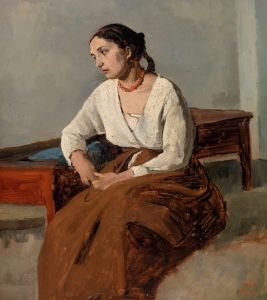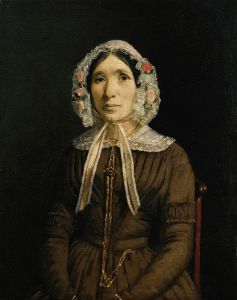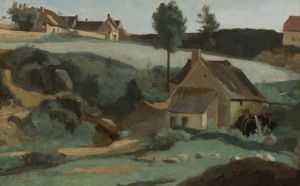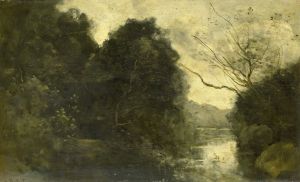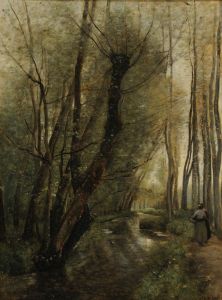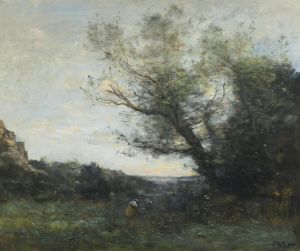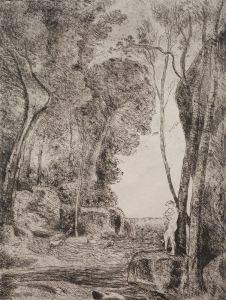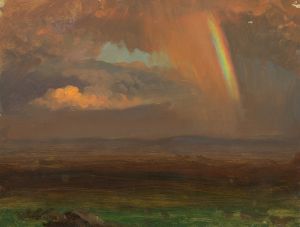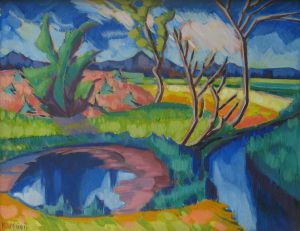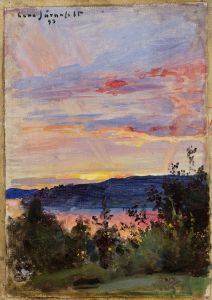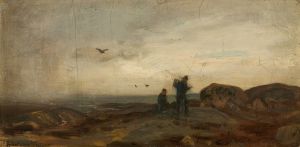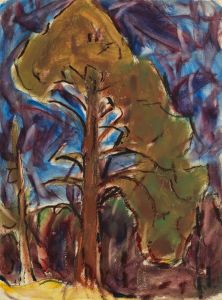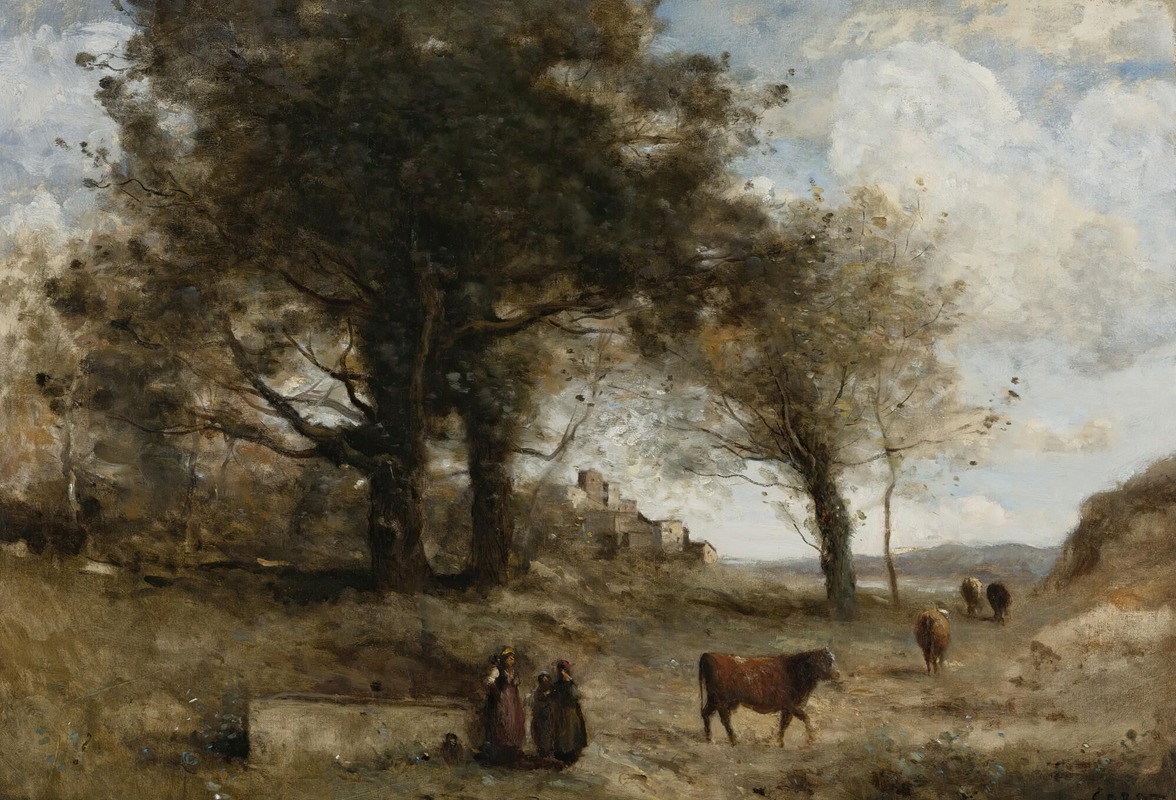
Les Vachères À La Fontaine
A hand-painted replica of Jean-Baptiste-Camille Corot’s masterpiece Les Vachères À La Fontaine, meticulously crafted by professional artists to capture the true essence of the original. Each piece is created with museum-quality canvas and rare mineral pigments, carefully painted by experienced artists with delicate brushstrokes and rich, layered colors to perfectly recreate the texture of the original artwork. Unlike machine-printed reproductions, this hand-painted version brings the painting to life, infused with the artist’s emotions and skill in every stroke. Whether for personal collection or home decoration, it instantly elevates the artistic atmosphere of any space.
Jean-Baptiste-Camille Corot was a pivotal figure in landscape painting during the 19th century, and his work "Les Vachères À La Fontaine" exemplifies his mastery in capturing the serene beauty of rural life. Corot, born in Paris in 1796, was a leading figure in the Barbizon School, a movement that emphasized naturalism and paved the way for Impressionism. His works are celebrated for their atmospheric quality and delicate interplay of light and shadow.
"Les Vachères À La Fontaine," translated as "The Cowherd at the Fountain," is a testament to Corot's ability to blend realism with a poetic sensibility. The painting depicts a tranquil rural scene, where a cowherd tends to her cattle near a fountain. This setting is typical of Corot's preference for pastoral landscapes, which often feature figures harmoniously integrated into their natural surroundings. The composition reflects Corot's keen observation of nature and his skill in rendering the subtleties of light and atmosphere.
Corot's technique in this painting is characterized by his use of soft, muted colors and a gentle, almost ethereal light that bathes the scene. His brushwork is both precise and fluid, capturing the textures of the landscape and the gentle movement of the figures and animals. The painting's composition is carefully balanced, with the figures and fountain positioned in a way that draws the viewer's eye into the scene, inviting contemplation of the peaceful interaction between humans and nature.
Throughout his career, Corot was known for his ability to convey mood and emotion through landscape, and "Les Vachères À La Fontaine" is no exception. The painting evokes a sense of calm and timelessness, qualities that are often associated with Corot's work. His landscapes are not merely representations of specific locations but are imbued with a lyrical quality that transcends the particularities of place and time.
Corot's influence on subsequent generations of artists is significant. His approach to landscape painting, with its emphasis on mood and atmosphere, was a precursor to the Impressionist movement. Artists such as Claude Monet and Camille Pissarro admired Corot's work and were inspired by his ability to capture the fleeting effects of light and the essence of the natural world.
"Les Vachères À La Fontaine" is a fine example of Corot's mature style, which seamlessly blends elements of realism and idealism. It reflects his lifelong dedication to exploring the beauty of the natural world and his belief in the power of art to evoke emotion and contemplation. Today, Corot's works are held in high esteem, and his paintings can be found in major museums and collections around the world, where they continue to be appreciated for their beauty and their contribution to the development of modern art.
In summary, Jean-Baptiste-Camille Corot's "Les Vachères À La Fontaine" is a quintessential example of his landscape painting, showcasing his ability to capture the serene beauty of rural life with a poetic touch. Through his masterful use of light, color, and composition, Corot created a work that continues to resonate with viewers, reflecting the enduring appeal of his artistic vision.






